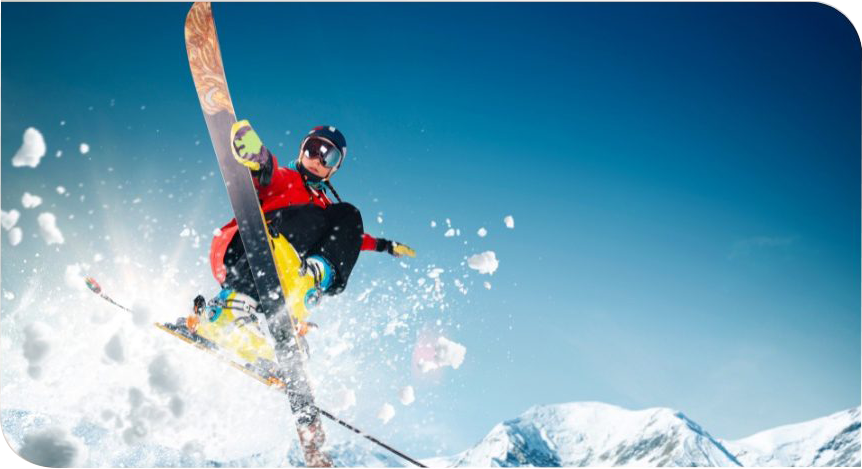Skiing and boarding can teach us a lot about managing ADHD. Here are some lessons I have gleaned over the years with some help from the Skiers Responsibility Code https://www.nsaa.org/NSAA/Safety/Responsibility_Code/NSAA/Safety/Responsibility_Code.aspx?hkey=2feea5f5-61dc-45a4-9d6f-061b51307786:
- Don’t fight your skis. Skis (and snowboards) are carved so that they turn naturally if you let your them do what they were designed to do. Your brain is also designed to excel at certain things too (creativity, spontaneity, caring for others, getting to the bottom line quickly), let your brain do what it does best, and you will excel, naturally.
- Take care of your equipment and it will take care of you. Skis and boards need to be waxed and tuned periodically in order to perform at their best. Your brain needs rest, exercise, nourishment, fun and, possibly, medication in order to perform at its best.
- Always ski under control. Only ski at speeds that you can stop or avoid obstacles or other skiers. Same thing is true for life. When your brain is going too fast, and you can’t filter your thoughts or emotions, it’s time to stop and slow down. You always need to be able to stop before you hurt other people in your life.
- Skiers have the responsibility to avoid other skiers who are ahead of them. Responsible skiers pause when they can’t see what’s ahead. Sometimes, at the edge of the drop off, you can’t see a downed skier/boarder, a child, or natural obstacles. Dropping over the top without looking at full speed can result in great injury. Pausing in life is an important skill. ADHD impulsivity and desire for action can sometimes cause crashes and injuries. A short pause to assess the situation and make a plan will usually give a better result.
- Don’t jump unless you know where you’re going to land. In a crisis, the fast-thinking ADHD brain is an asset. Even so, sometimes, it’s important to know where you can land safely. Start with the end in sight.
- When a skier enters a new run, they are required to look uphill and yield to others. Same thing when you enter a meeting, scan the room, notice who’s there, what the temperature of the room is and let others speak first. Just as a skier should not cut off other skiers or ski over their skis, don’t interrupt or talk over others. Yield to others as you join a meeting.
- Skiers are required to observe posted signs and warnings. Learn to read body language, facial expressions and verbal cues from others so that you can understand when others are not responding well to you. This will give you an opportunity to turn and change direction. Skiers do not ski in areas marked as closed or off-limits. In social and business settings, there are some topics that are off limits. Become aware of the signs that some topics are off-limits and stay away from those areas.
- Skiing and boarding are great sports for people with ADHD. They are fast, challenging and even experienced enthusiasts are always learning new things. It’s mindfulness in motion. When a skier/boarder is skiing in balance and rhythm, they are fully in the moment, attentive to the world around them and life is good. The skills you learned in order to ski well can help you manage your ADHD. You know the rules of skiing and boarding, consider how you can use them to help you with the rest of your life.


0 Comments